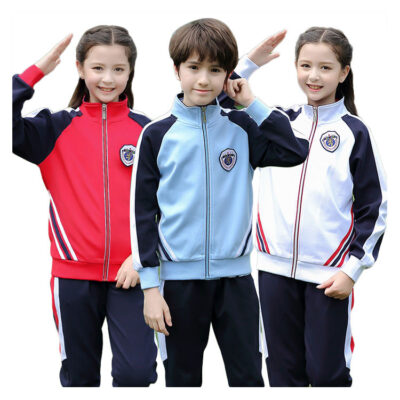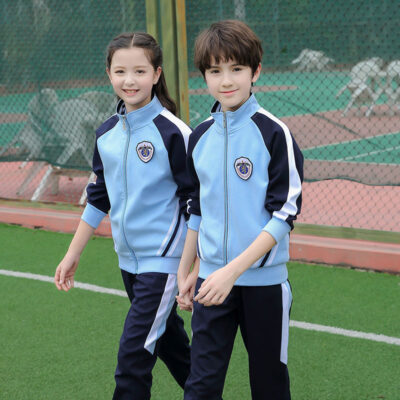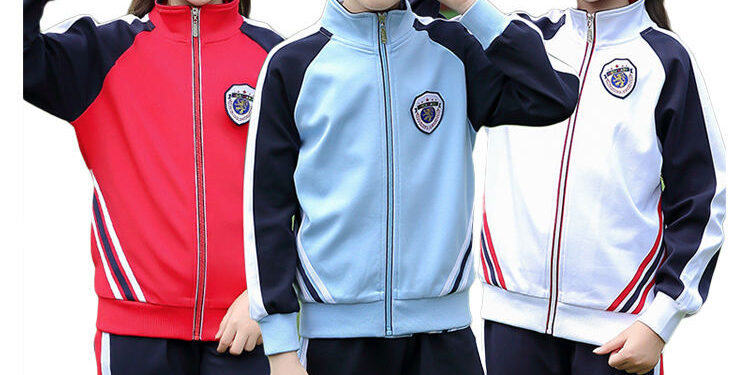👔 Introduction: Why Fabric Matters in Corporate Image
When a brand invests in staff appearance, the fabric selection of corporate uniforms becomes just as important as design. A poor textile choice can quickly lead to fading, pilling, or discomfort during long working hours — all of which weaken brand perception.
Partnering with experienced Uniform Manufacturers ensures that every roll of fabric meets consistent standards for color, strength, and sustainability. For advanced options like four-way stretch suiting or moisture-wicking shirting, companies often collaborate through Custom Uniform Manufacturers programs to tailor material properties to specific job roles.
🧵 Understanding Modern Performance Fabrics
Modern performance textiles are engineered to balance aesthetics and function. Popular blends combine polyester for wrinkle resistance with natural fibers like cotton or rayon for breathability.
Key fabric technologies include:
-
Moisture-Wicking Finishes: Transfer sweat away from the skin to keep employees cool and dry.
-
Stain-Resistant Coatings: Provide protection from spills — ideal for hospitality and food service environments.
-
Antimicrobial Treatments: Prevent odor buildup in high-contact workwear such as healthcare and security uniforms.
-
Mechanical Stretch Yarns: Enhance movement and durability without compromising professional appearance.
A reliable uniform manufacturer will always test tensile strength, shrinkage rate, and colorfastness to ensure compliance with ISO and ASTM standards before bulk cutting.
🌿 Sustainability & Recycled Yarns
With growing awareness of environmental responsibility, many corporate buyers now request recycled polyester or bio-based fibers. These fabrics perform comparably to virgin materials but help reduce carbon footprint.
Suppliers are also exploring solution-dyed yarns, where color is infused at the fiber stage — eliminating water-intensive dye baths while improving UV resistance.
Corporate procurement teams that align sustainability goals with uniform sourcing can strengthen their ESG credentials and enhance brand image simultaneously.
🧷 Comfort and Ergonomics for Daily Wear
In industries such as banking, aviation, and retail, employees often wear uniforms for more than eight hours a day. Comfort becomes critical for morale and productivity.
Designing for comfort involves:
✅ Breathable weaves that allow airflow
✅ Lightweight linings for suiting in tropical regions
✅ Stretch panels in high-motion zones
✅ Soft hand-feel finishes that prevent skin irritation
Before finalizing production, brands should conduct wear trials under real conditions — washing, pressing, and daily activity — to validate long-term performance.
🧵 Durability Testing: Key Metrics
Professional uniform suppliers rely on standardized tests to verify performance:
| Test | Target Property | Standard Reference |
|---|---|---|
| Martindale Abrasion | Surface wear | ISO 12947 |
| Tensile Strength | Tear resistance | ISO 13934 |
| Colorfastness | Against light, washing, perspiration | ISO 105 |
| Dimensional Stability | Shrinkage tolerance | AATCC 135 |
These metrics ensure that every batch of uniforms remains consistent across multiple production cycles.
🌍 Bulk Sourcing & Inventory Optimization
Large enterprises typically source thousands of uniforms annually. Working directly with an OEM uniform manufacturer simplifies reordering and ensures traceable color batches.
Moreover, integrating digital fabric inventory tracking can help forecast restocks and reduce waste — particularly valuable when uniforms include custom embroidery or branded trims.
To streamline logistics, bulk buyers can coordinate with regional distribution partners or consolidate freight under uniform wholesale programs to minimize cost per unit.
✂️ Conclusion
Choosing high-performance fabrics for corporate uniforms is an investment in long-term brand quality, comfort, and employee satisfaction. Whether your company seeks moisture-wicking shirting for hospitality staff or stretch suiting for executive teams, working with a professional uniform supplier who understands global standards is key.
From fabric innovation to pattern engineering, modern uniform production combines science, design, and sustainability — ensuring every employee looks and feels their best.


























